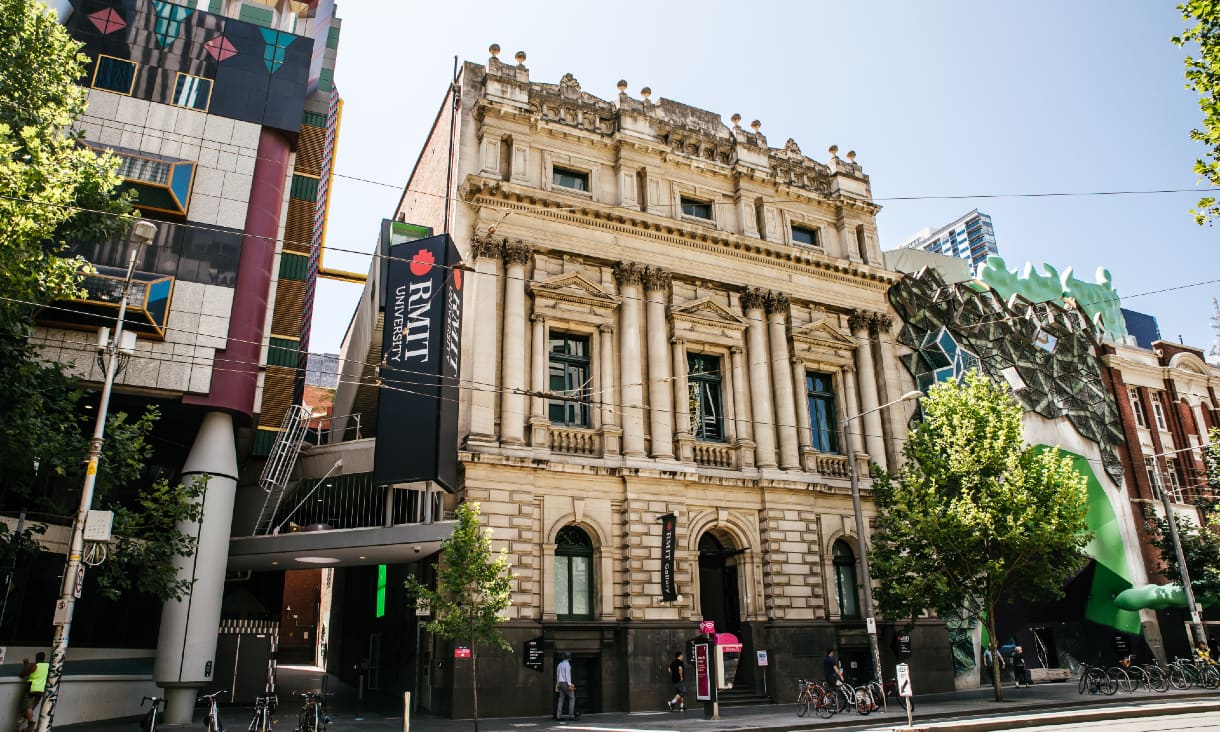The process of applying for a credit transfer (also known as ‘advanced standing’) is different for local (domestic) and international students.
If you are a domestic student, applying for credit transfer happens after you receive an offer to study at RMIT. The application and approval process will be handled by your academic school, so we are unable to provide you with any guarantees prior to this.
To give a guide on how much credit you may be eligible for, we encourage you to compare the subjects of the program you are looking to study with the subjects you have studied previously. This may give you a good indication as to how much credit or recognition of prior learning (RPL) you may be eligible for.
If you’re an international student, applications for credit transfer should be made as early as possible, preferably during the application process, as it may impact the duration of your Confirmation of Enrolment (COE).
You will be asked ‘Are you applying for Credit?’ during the application process, so if you are seeking credit then make sure you select ‘Yes’ and upload all your course syllabus details and we will organise the credit assessment for you.







